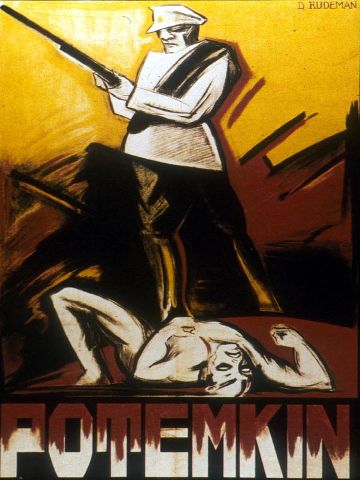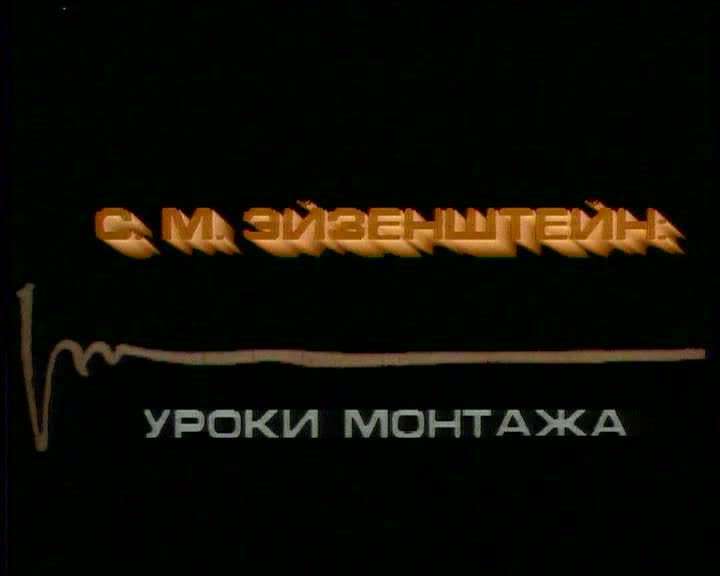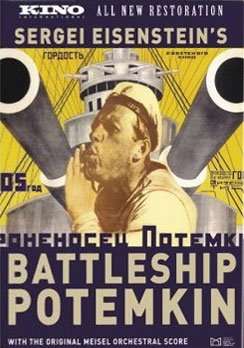
Рисунки. Dessins. Drawings.
by Sergei M. Eisenstein
Hardcover: 228 pages
Publisher: Publishing House "Iskustvo" (Art) (May 30, 1961)
Language: Russian, English, French
Product Dimensions: 62 x 94.8
Sergei Mikhailovich Eisenstein was a Soviet Russian film director and film theorist, a pioneer in the theory and practice of montage. He is noted in particular for his silent films Strike (1925), Battleship Potemkin (1925) and October (1928), as well as the historical epics Alexander Nevsky (1938) and Ivan the Terrible (1944, 1958).
Eisenstein's book presents his drawings and sketches for his films of different years as well as trilingual texts: essays by Y. Pimenov ("The Drawings of Eisenstein"), Olga Aisenstat ("Eisenstein the Graphic Artist"), Gennady Myasnikov ("Director's View of the Film") and Eisenstein himself ("How I Learned to Draw" and "A Few Words about My Drawings").















